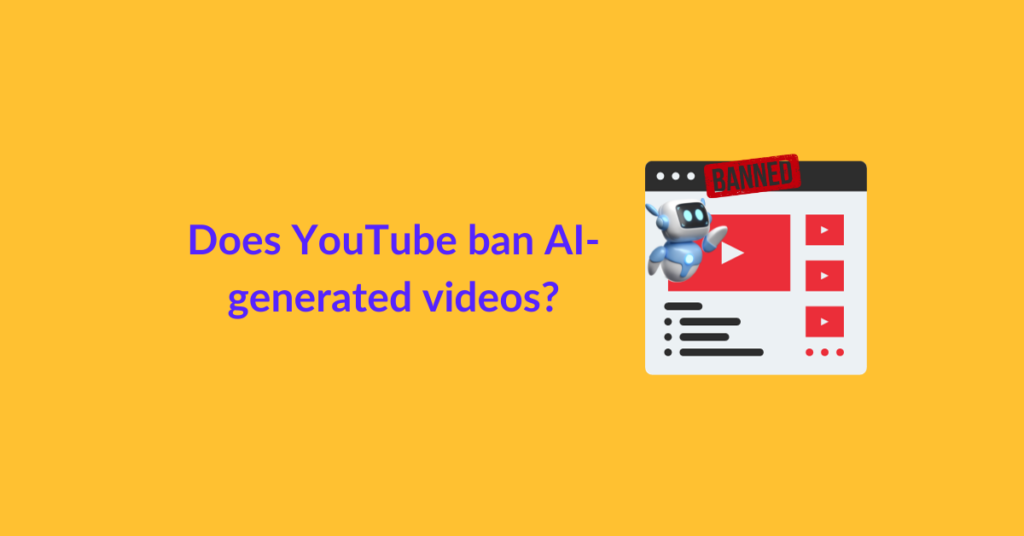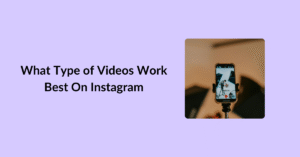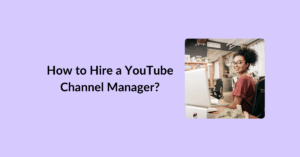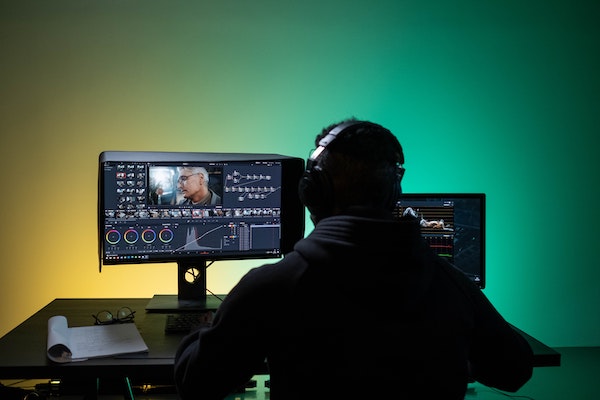The global AI market is expected to grow 37% year-to-year from 2023 to 2030. About 50% of businesses have already adopted and integrated AI into their operations.
….and the production of video content is one of these operations.
On that note, here we’ll be discussing how AI is changing things on YouTube as well as for YouTube content creators.
If you’re a business owner who shares content on YouTube, the comprehensive breakdown of YouTube’s new policies for AI-generated content will be useful for you too!
Feel free to bookmark this post and refer back as you automate video content production.
Let’s dive in!
Table of Contents
Does YouTube ban AI-generated videos?
No, YouTube does not ban AI-generated videos. However, the platform is pretty strict in handling AI-generated content. They recently introduced several policies concerning AI-generated content which restricts the creators in some ways. They’ve also introduced some new features that are directly relevant to published AI content.
What are the new policies on AI-generated content by YouTube?
Here are YouTube’s new policies for AI content in deeper detail…
a) Disclosure Requirements and Content Labels
YouTube recognizes the potential of generative AI to enhance creativity but acknowledges the need to balance it with community protection.
So, now they require content creators to disclose when they’ve produced altered or synthetic content using AI tools, especially if it appears to be too realistic (generated via deepfake). Or represents, any real events or individuals.
YouTube’s vice presidents say new options will be provided for creators to indicate the presence of realistic altered or synthetic material during the upload process. Plus, the disclosure is particularly important for sensitive topics like elections, conflicts, public health crises, or involving public officials.
Consequently, viewers will be well-informed when viewing such videos. It will prevent the spread of false news and prevent any form of misleading.
If the creators fail to disclose, it may result in consequences such as content removal, suspension from the YouTube Partner Program, or other penalties.
b) Removal Requests for AI-Generated Content
Users will be able to request the removal of AI-generated or other synthetic/altered content that simulates identifiable individuals, including their faces or voices. Some factors that YouTube’s management will consider when processing removal requests are as follows:
- Is the content parody or satire?
- Does it feature a public official?
- Can the person making the request be uniquely identified?
Music partners can also request the removal of AI-generated music content that mimics an artist’s unique singing or rapping voice.
It’s also worth noting that removal requests will initially be available to labels or distributors in YouTube’s AI music experiments. But YouTube clearly plans to expand access.
c) AI Technology for Content Moderation
YouTube uses a combination of human reviewers and AI classifiers to enforce its Community Guidelines.
Generative AI also helps them identify novel forms of abuse quickly and expands the information that their AI classifiers are trained on. Plus, the continuous development of AI tools with a focus on getting things right helps them prevent the generation of inappropriate content.
Dedicated teams, like the intelligence desk, are focused on adversarial testing and threat detection to ensure systems meet new challenges.
d) Commitment to Responsible AI Innovation
As mentioned earlier, YouTube is focused on using AI in a responsible way. They’re taking their time to create and use AI tools that keep the community safe. They know that some people might try to misuse these tools, but they’re open to feedback from users and are always learning to make sure they’re doing the best job at keeping things secure.
Can you monetize AI-generated videos?

Yep. Since AI-generated videos are permitted on YouTube, you can even monetize them. You can use any monetization strategy — YouTube does not restrict you there.
But again, the monetized content should be in line with YouTube’s policies. It should not mislead the viewers, deliver false information, or lead to a scam.
The good part is AI speeds up content creation. So, you publish 3 instead of 1 videos per week. In fact, if you’ve got the budget and time, you can even publish 3 or more videos per day! YouTube does not penalize you for this.
However, if you plan to build a strong community, we recommend publishing only 3-4 videos per week. Posting too often can speed up your way to monetization, but it will overwhelm your loyal viewers. They may feel like unsubscribing your channel or restricting you to see less of you on their wall.
P.S. Yep, it is unrealistic to expect your audience to receive all of your videos with equal enthusiasm. Even if you produce top-notch content, you need to give your audience some break. They’re not always in the same mood, they’re not always ready to laugh or learn!
What’s financially wiser: human content or AI content?
At this point, it’s difficult to say.
Is AI content here to stay? Yes, it is. Will it dominate human-generated content? Not really.
However, AI experts like Heather Murray predict that the ease and affordability of AI-generated content is soon going to make human-generated content absolute gold.
Other experts even think content creators will be PAID to make mistakes — because human error is what differentiates flawless AI content from humanized experience. You know how it goes, real people trust real stories.
Given this, it’s best to keep a 50:50 strategy. Or any other ratio that best fits your budget and helps you achieve your business goals.
Some facts that you might want to consider when determining that ratio:
- On average, AI Video Generators cost anywhere between $11-$30 per month (such as Invideo.io or Synthesia), while human video creators can charge $50-$500+ per video.
- With AI video content creation, you might have to invest hours in instructing AI or brainstorming the kind of video you want to create. But with human video creators, you may only have to spend 10-20 mins (in assigning the task and receiving the polished product).
The video editing aspect is a bit flexible though. You can outsource your AI-generated content for video editing. Professionals, such as those at editvideo.io, have years of experience and can add a flair of uniqueness to any monotonous AI-generated content! 🙂
Final Words
We hope this post cleared the fog for you. YouTube does not ban AI-generated content and you can actually use it to your benefit! You can speed up content generation with the help of AI – maybe post one human video and two AI videos per week. But make sure, you abide by YouTube’s new policies. Or your channel could be banned!




